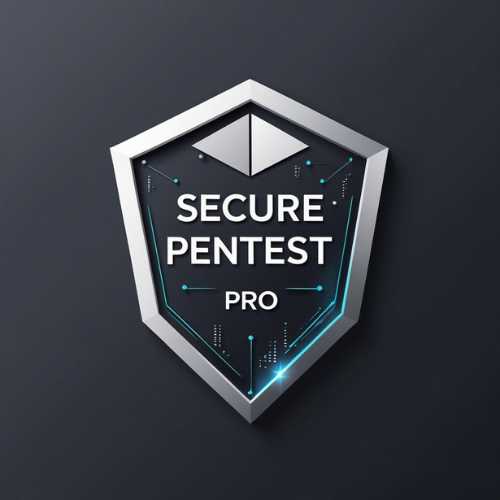Choosing a penetration testing (pentesting) service is a critical security decision, not merely a procurement exercise. The quality of the assessment depends entirely on the expertise and methodology of the team you hire. The first crucial step is to clearly define the scope and objective of the test. Are you performing a simple external scan for compliance (e.g., SOC 2), or do you need a deep dive into custom code, business logic, or specialized assets like cloud environments or IoT devices? A provider specializing in external network scans may lack the niche skillset—such as hardware reverse engineering or unique protocol analysis—required to secure a complex IoT solution. Always look for a provider whose case studies and certifications (like OSCP, OSCE, or CREST) align precisely with the technology stack you need protected
Due to the complexity of reverse engineering hardware, firmware, and communication protocols, IoT testing is one of the most resource-intensive penetration tests available. The general market range for a professional, manual IoT Penetration Test typically falls between $$$$$
The second factor is understanding the difference between automated vulnerability scanning and genuine, manual penetration testing. Automated tools are fast and cheap, but they cannot identify complex vulnerabilities like authorization flaws, broken business logic, or issues that require stringing multiple low-severity findings together for a high-impact exploit. A high-quality service will offer a grey-box or white-box approach for key applications, where testers are provided with standard user credentials or even source code. This allows them to bypass the time-consuming reconnaissance phase and focus their limited time on deep, high-value flaws that automated tools miss, ultimately providing a better return on your security investment.


Next, evaluate the provider’s communication, reporting, and remediation support. A raw list of technical vulnerabilities is insufficient; the best services provide a clear, executive-summary report that translates technical risk into business impact, prioritizing findings based on severity and exploitability. They must also deliver a detailed, actionable remediation roadmap that tells your development and operations teams how to fix the issues, not just what is broken. Look for services that include a complimentary re-test phase within the initial quote. This essential step verifies that the fixes your team implemented were effective and that the vulnerability has been completely closed, ensuring the effort wasn’t wasted and your security posture has genuinely improved.
Core Of Action
Finally, prioritize trust and transparency over the lowest price. A quote that seems too low often indicates heavy reliance on automated tools, inexperienced staff, or a severely restricted scope designed only to check a box for compliance without improving actual security. Ask potential vendors about their methodology, their average day rate (which reveals staffing cost and experience), and their policy regarding unexpected findings during the test. Choosing a reputable firm that is transparent about their process and credentials will lead to a more thorough assessment, providing the actionable intelligence you need to proactively close security gaps and significantly reduce your overall risk of a breach.


Leave a Reply